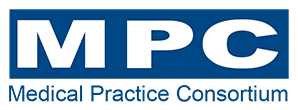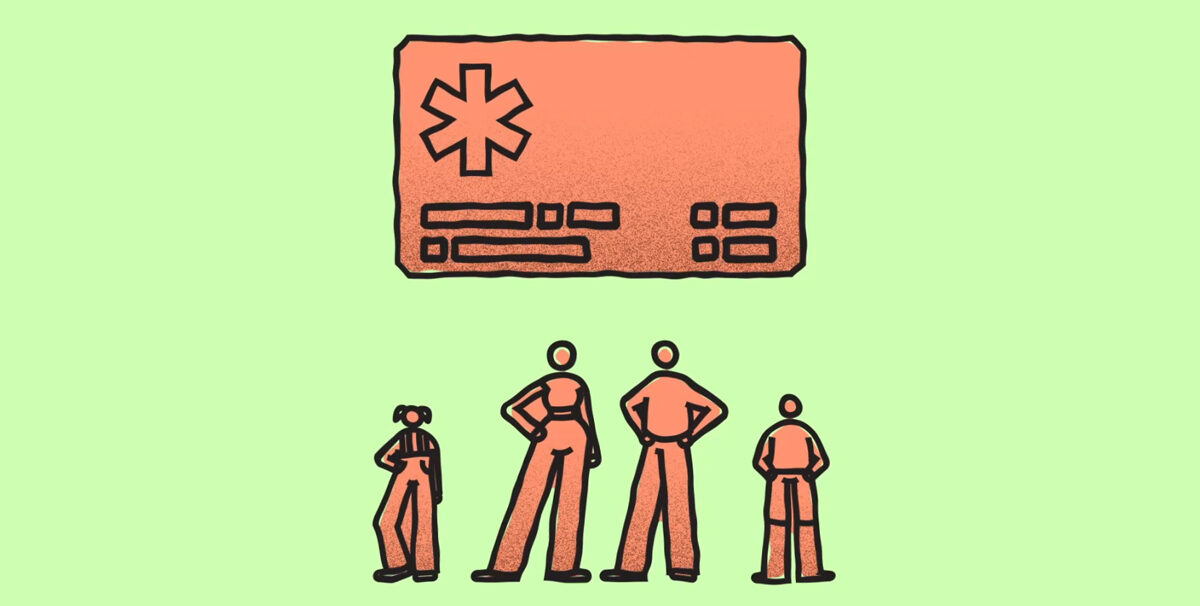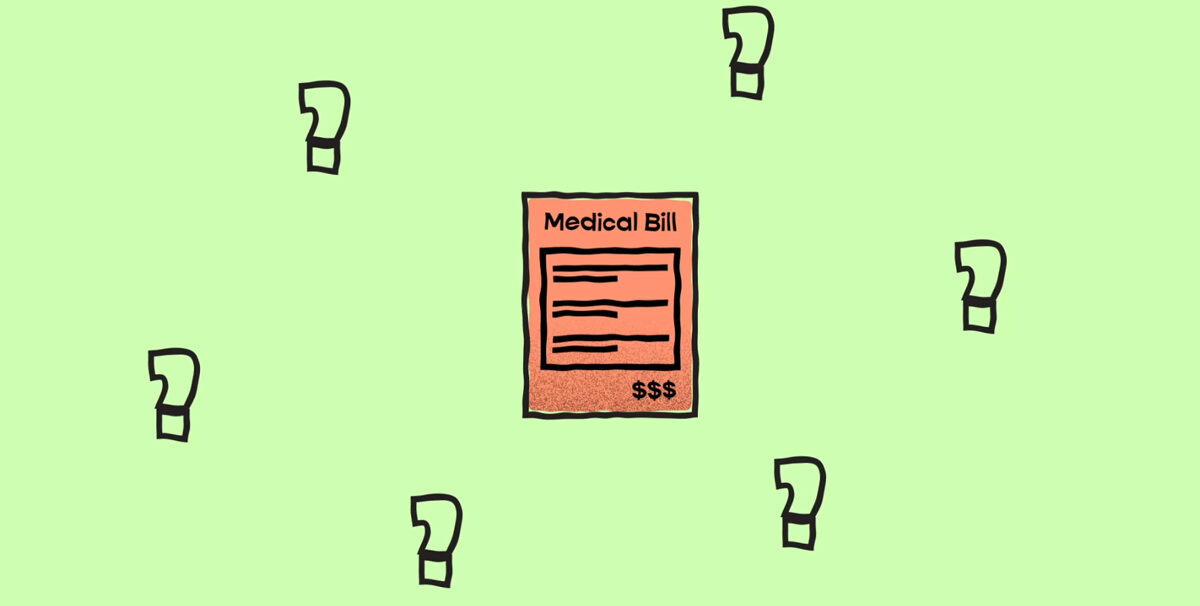In the United States, 1 in 4 deaths results from heart disease, making it the leading cause of death in the country. Additionally, half of Americans are at risk for heart disease, and that statistic continues to rise. Some types of heart disease include arrhythmias, heart failure, heart attacks and strokes. February is American Heart Month, so it’s important to understand that while heart disease can be deadly, it’s also preventable in most people. Risk factors include high blood pressure, high cholesterol, smoking, obesity, and physical inactivity. As such, diet and exercise are the best habits to reduce your risk of heart complications.
Speak with your doctor to discuss a heart-healthy regimen for you. For more information about keeping your heart healthy, visit www.heart.org.
Take action each week:
Cholesterol & Your Health
High cholesterol increases your chances of developing heart disease—the leading cause of death for adults in the United States. Cholesterol is a waxy substance found in fats in your blood which your body needs to function. Having too much cholesterol, though, can be dangerous for your health.
What’s in a Number?
In the past, doctors thought that total cholesterol was a good indicator of one’s risk for heart disease, heart attack, diabetes and stroke. The lower your low-density lipoprotein (LDL) numbers and the higher your high-density lipoprotein (HDL) numbers, the better—or so they thought.
While measuring HDL, LDL and total cholesterol is helpful, many experts now believe that assessing the size of lipoprotein particles can also be beneficial.
The Lipoprotein Link
Research indicates that the blockage of arteries (which often leads to heart disease) is caused by the number and size of the lipoprotein particles that carry cholesterol throughout your body. These lipoprotein particles can build up in your arteries.
Think of it this way: These lipoproteins are the “cars” that carry “passengers” (cholesterol) along the “highways” (arteries)—it’s not the number of passengers in a car that causes a traffic jam (blocked artery), it’s the number of cars.
Your Particle Number
The number and particle size of lipoproteins in your blood are the measurements that can help your doctor determine your risk for heart attack, heart disease and stroke. Simple blood tests are available that can provide a more detailed look at how your particles measure up.
The number of LDL particles circulating in your blood is an important factor in evaluating your heart health. Generally, the lower your number of total LDL particles, and the larger the size of these particles, the lower your risk is for heart disease, heart attack and stroke.
Getting Tested
The United States Preventive Services Task Force recommends routine cholesterol screenings for men over the age of 35 and women over the 45. Screenings may also be appropriate for younger adults who possess certain risk factors, such as a family history of cardiovascular disease.
By being proactive and seeking preventive care, you can help catch high cholesterol early and reduce your risk of developing heart disease.
Heart Disease
Heart disease is a common term for coronary artery disease. It is the number one cause of death in both men and women over the age of 60 in the United States.
Causes
Heart disease is caused by atherosclerosis—a buildup of plaque in the inner walls of the arteries—which narrows, slows or blocks the flow of blood to the heart.
Risk Factors
Controllable risk factors for heart disease include the following:
- High blood pressure
- High LDL cholesterol
- Type 2 diabetes\
- Smoking
- Being overweight or obese
- Lack of physical activity
- Using illegal drugs, such as cocaine
Warning Signs
The symptoms you experience depend on the type and severity of your heart condition. Common signs and symptoms of heart disease include the following:
- Shortness of breath
- Dizziness
- Chest pain or discomfort
- Heart palpitations
- Weakness or fatigue
Call your doctor if you begin to have new symptoms or if they become more frequent or severe.
Treatment
The goals of treatment for heart disease are to relieve symptoms, control or reduce risk factors, stop or slow further damage to the arteries, and prevent and treat cardiac events. Treatment includes several options:
- Self-care and prevention
- Medications
- Procedures to open blocked or narrowed arteries or to bypass them
- Cardiac rehabilitation
Self-care and Prevention
You can follow a healthy lifestyle to help prevent heart disease:
- Get regular medical check-ups.
- Don’t smoke.
- Maintain a healthy weight.
- Take medications as prescribed.
- If you are at a higher risk for heart disease, ask your doctor about low-dose aspirin therapy.
- Watch for signs of diabetes and see your doctor if you have any symptoms.
- Follow a diet low in saturated fats, trans fats and cholesterol.
- Limit sodium intake to 1,500 to 2,400 milligrams per day.
- Exercise regularly.
- Manage stress by practicing relaxation techniques.
- Drink alcohol in moderation. Check with your doctor to find out if and how much you should drink.
Heart Disease Risk Quiz
Do you know your heart disease risk level? Take the quiz below to find out.
- What’s your blood pressure?
- Below 120/80 (0)
- Between 120/80 and 140/90 (+1)
- Above 140/90 (+3)
- Don’t know (+1)
- What’s your cholesterol?
- HDL (“good cholesterol) above 50, LDL (“bad” cholesterol) below 130, triglycerides (fat levels in the blood) less that 150 (0)
- Any of the following: HDL below 50, LDL above 130, triglycerides above 150 (+2)
- Don’t know (+1)
- How often do you eat fried foods?
- Once a month (+1)
- Several times a month (+2)
- Never (0)
- Does anyone in your family have heart disease?
- Yes, my mother had problems before age 65, or my father before age 55 (+2)
- No (0)
- Don’t know (+1)
- On a typical weekend night, you:
- Have one glass of wine or beer (+1)
- Have more than one glass of alcohol (+2)
- Skip the alcohol (0)
- How many cigarettes have you smoked this week?
- None (0)
- Just a few (+3)
- Half a pack or more each day (+8)
- How many colors were in your last meal?
- 1 – for example, chicken and rice (+2)
- 2 to 4 – some vegetables (+1)
- 4 or more – for example, a salad and some vegetables (0)
- How do you feel after climbing three flights of stairs?
- Fine or even energized (0)
- Winded (+1)
- Who knows? I never climb stairs (+2)
- What’s your body mass index (BMI)*?
- 18.5 to 24.9 (0)
- 25 to 29.9 (+1)
- 30 or above (+2)
*To find out your BMI, visit www.nhlbi.nih.gov/guidelines/obesity/BMI/bmicalc.htm
Results:
0-2: You are on the right track to preventing heart disease. Exercise, eating right and avoiding cigarettes can help prevent 80 percent of heart disease.
3-7: One or two harmful habits can increase your chances of developing heart disease. Simply knowing your risk factors is also important to reducing your risk, especially if you need to reduce your cholesterol or blood pressure.
8 or higher: Get to the doctor! Make the commitment to one healthy behavior change, such as exercising or quitting smoking.
The Heart & Mind Connection
Even though the brain and the heart are located far from one another in the body, they are intrinsically connected and each have a significant impact on how the other functions.
The two organs communicate via the muscular walls around the heart, which are connected to the brain in the circulatory system. As the brain releases hormones telling the body what to do, receptor cells in your blood vessels pick up these messages. In addition, there are nerve endings that travel from the brain to the muscular walls of the heart. These nerves send messages to the muscle tissue to either relax or contract.
Since these two organs communicate, mental health can have a dramatic effect on heart health and vice versa.
Stress
The mind’s response to a perceived or actual threatening situation is known as stress. The body responds to the stress by increasing:
- Blood pressure
- Respiratory rate
- Heart rate
- Oxygen consumption
- Blood flow to skeletal muscles
- Perspiration
- Muscle tone
When you experience these responses on a regular basis as a result of stress, you are putting your body at an increased risk of heart disease.
Stress-Reducing Meditation
To combat the potentially life-threatening damage stress could have on your heart, there are several meditation techniques you can try. These techniques aim to achieve a relaxation response to reduce stress, improve the immune system and prepare the body for traumatic situations in the future.
Here are three ways to meditate:
- Go into a quiet environment and sit or lie down in a comfortable position. Then, focus your attention on one thing such as a word, phrase or sound. Repeat that one thing over and over again. If you find that your mind wanders, try to refocus. Do this exercise for 20 minutes.
- Progressive relaxation is another useful exercise. Lie down or sit in a quiet area. Focus your attention on the muscle groups in your feet and slowly move through each group until you reach your head. As you go through each muscle group, try to imagine that you are actually breathing through those organs. As you “exhale”, release the tension from the group. As an alternative, you may tighten the muscles in each group for several seconds, and then physically release the tension.
- A third meditation exercise is to imagine that you are clearing your body of the toxins that you want to get rid of. For instance, visualize that you are ridding your arteries of plaque. Concentrate on releasing that energy, which will ultimately reduce the tension in your mind.





